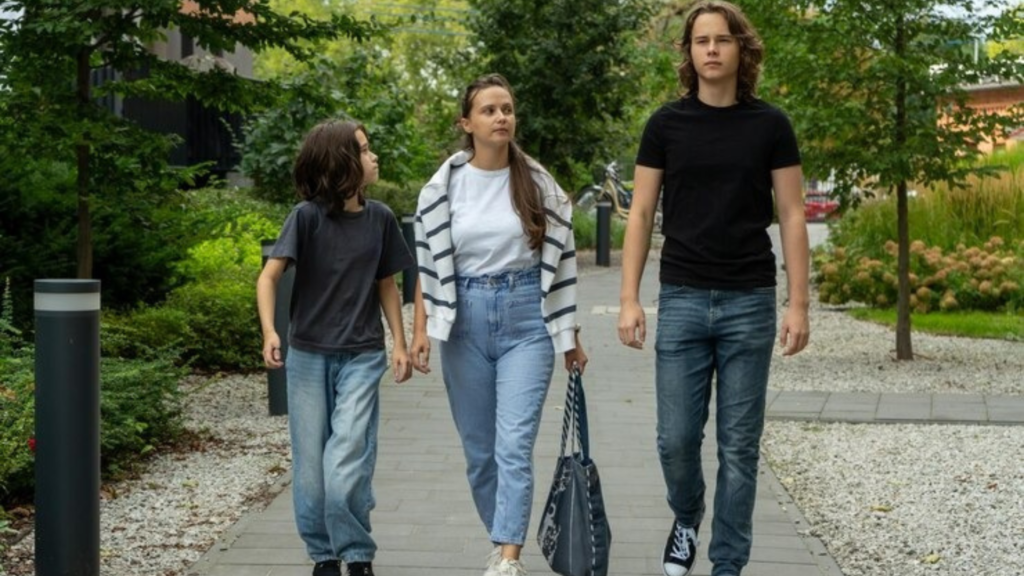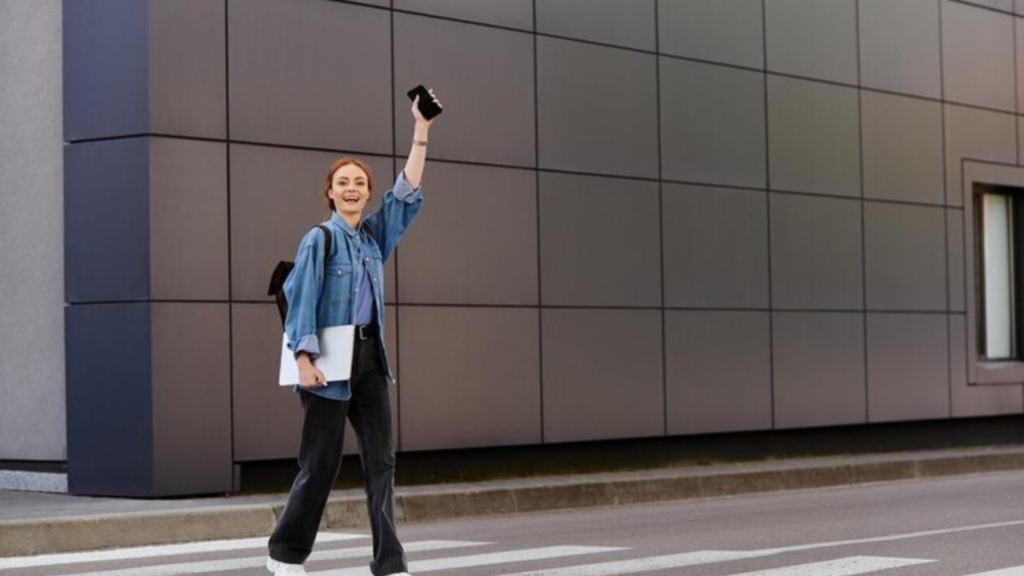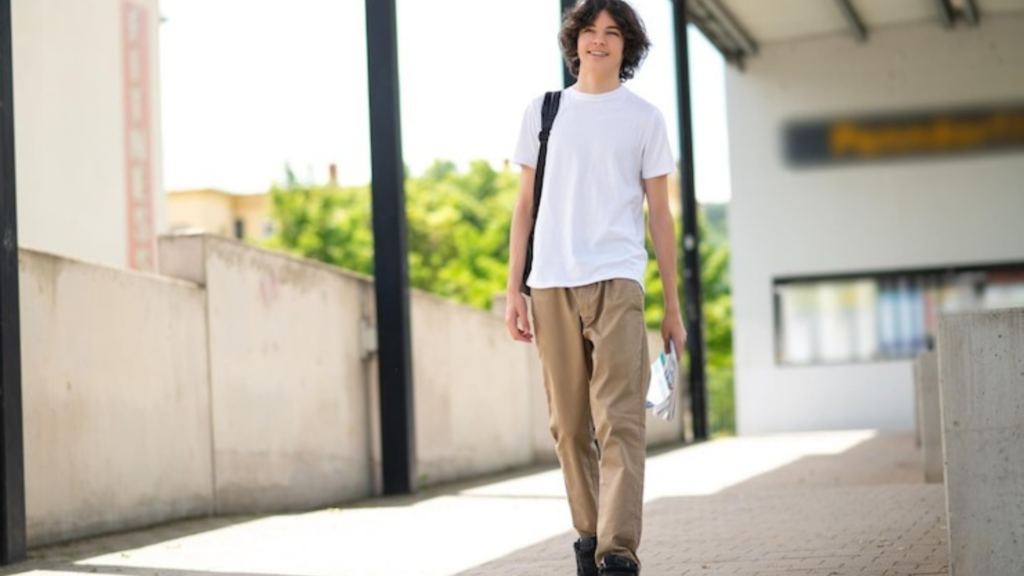Stress or work overload could cause a short-term loss in productivity and serious long-term health problems for those who suffer from it. But a collaboration between researchers from different American universities has concluded that, to boost productivity, going for a daily walking is much more effective than walking your boss. Brain exercise. It's not news to you that physical exercise helps reduce stress and improve mental functions. This is something that Harvard neuroscience research has demonstrated through various studies and is supported by the World Health Organization.
Improves bone density

Study participants, who walked briskly for 40 minutes three times a week for a year, experienced an increase in hippocampal volume equivalent to reversing between one and two years of age related memory loss. Taking a walk centers you. Finding time to walk isn't always easy when you have a busy schedule, but there are ways to stay productive while stretching your legs. Steve Jobs, for example, would invite people he was meeting with to take a short walk around the company's packed headquarters in Cupertino while they talked.
According to a study by the Universities of Pittsburgh, Nevada, and California, this habit forms new connections between brain cells and stimulates neuron growth, increasing brain performance as it helps maintain the amount of gray matter, essential for the brain's cognitive functioning. In other words, taking a walk helps you focus better when you return to work. After deep work: a walk. Scientists from the Department of Psychology at the University of Illinois discovered that taking short breaks, such as walking, can increase concentration during intense, mentally demanding tasks.
Each case is different

These breaks helped prevent the brain from over-adapting to a task, causing it to lose focus, and helping to maintain productivity and mental clarity. Therefore, a short walk after finishing a deep work session or after having "swallowed a toad" allows you to recover optimal brain conditions to carry on with the rest of the day's tasks. It took Bill Gates a long time to learn that lesson. Walking would take us far away from stress. By minimizing it, stress is nothing more than a chemical reaction to excessive levels of cortisol, the central stress hormone, in our body.
A group of scientists from the Universities of Luxembourg, Exeter (UK), and Iceland concluded that walking, but especially walking outdoors, is the best cure for stress. Without leaving the slightest doubt about the many benefits of a daily walk, all that remains is to adopt it as a habit that complements our physical and mental function. Below are some tips that may be useful to get the most cognitive benefit from walking. Mark time on your calendar.
Why you should do combined training

One of the most common pieces of advice from productivity experts is to reserve free time in your schedule as if it were just another task. Treating these walks as important appointments helps strengthen the habit. 30 minutes a day is more than enough and helps separate work and leisure time if you're working remotely. Vary your route. Avoiding monotony is essential when learning a new habit, so switching between urban and natural settings will be interesting. This way, you provide diverse stimuli to the brain and facilitate cognitive flexibility when changing routes and moving forward through new lands.
Some time alone. Exercising while exercising is one of the greatest temptations. Still, try to put aside all the hustle and bustle and stimuli, and dedicate that walking time to listening to yourself, organizing your thoughts, or making yourself feel more present in the world and your breathing. Particularly in times of greater stress. Or with someone else. This is an activity We've already addressed on several occasions the importance of cultivating good habits with the aim of halting the aging process and maximizing life expectancy.
Conclusion

Comments
Post a Comment